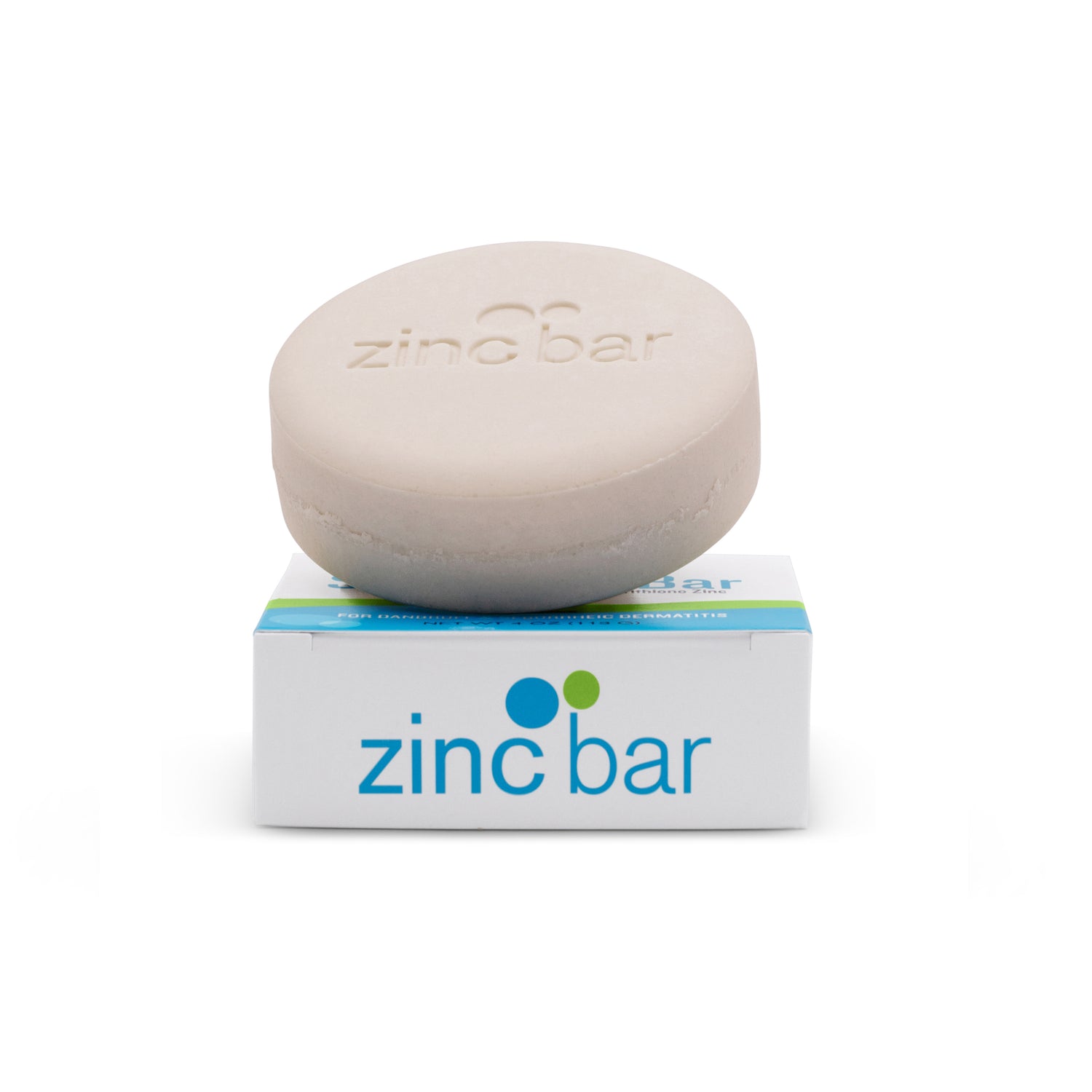Severe Dandruff
Would you rub an onion on your head to get rid of dandruff? How about a piece of cheese? These efforts, while extreme, are actually methods people have used to rid their scalps of the itchy, embarrassing flakes. Fortunately for the millions of dandruff sufferers, there are much more effective and far less smelly ways of combating the condition. Dandruff is a very common condition that affects the skin on the scalp, and sometimes the skin beneath eyebrows or facial hair. Manifested as flaky, dry, sometimes oily and most often itchy skin, dandruff affects close to 50% of the population. Shedding of the outer layers of the scalp is natural. Most individuals shed one layer of skin every 28 days. Dandruff suffers shed skin at a much faster, oftentimes noticeable rate: one layer every 7-21 days.
For years scientists debated the cause of dandruff, for while the flakes appear oily, the scalp feels dry and itchy, and the condition seemed to be caused by both dry and oily skin simultaneously. Recently a new culprit has been identified, Malassezia, a normally occurring yeast that seems to flourish on the scalps of those with dandruff.
Malassezia is a lipophilic yeast (which means it is a "fat-loving," or fat-eating yeast) found on the skin and body surfaces of humans and other animals. The genus Malassezia is now thought to contain at least ten different species. There is some controversy as to which specific species cause different skin diseases. Colonization by Malassezia may occur in humans as early as the neonatal period. The yeast is a member of the normal skin flora in as many as 90% of adults, but may occasionally cause superficial and deep mycoses. A mycosis is a disease of humans or animals caused by fungi (e.g., coccidioidomycosis, ringworm, athlete's foot and histoplasmosis). Malassezia species have no known teleomorphic phase—the sexual phase, or "perfect" stage, in a fungal life cycle.
It is still unclear what conditions cause the organism to multiply so quickly, but when it does it can cause skin to shed rapidly, producing those signature white flakes. In addition to dandruff, Malassezia can cause seborrhoeic dermatitis, sebopsoriasis, pustular eruption on young babies, and atopic dermatitis just to name a few. Some theorize that the overgrowth can result from overproduction of oil due to stress or poor diet, while others believe the link may be genetic. It's likely that both factors play a role.
Dandruff Treatment
Dandruff can usually be treated very effectively with over-the-counter products. Most often people use shampoos as a method of dandruff management. There are a number of shampoos available that contain antibacterial or antifungal ingredients such as zinc pyrithione and seleneum sulfide. Salicylic acid can gently remove build-up of scale from dandruff. A number of scientists believe that the active ingredients actually kill off some of the yeast-fungus, thus slowing down the rate of skin cell turnover. Most often patients see quick results after using one of these shampoos, but in some extreme cases, doctors may need to prescribe a steroid lotion. If symptoms do not begin to improve, or redness and/or bumps are observed, a doctor should be seen in order to determine the nature of the condition.
Onions and cheese may influence dandruff flare-ups after all—not by rubbing them on your head—but by eating them. Some research indicates that poor dietary choices or food allergies may have an effect on the prevalence of Malassezia. Foods high in yeast and sugar should be avoided, as both are believed to increase Malassezia growth. Additional research indicates that people with dandruff are often deficient in vitamin B6 as well as zinc. Research also shows that vitamin D and omega-3 fatty acids have a strongly positive effect on skin health. A daily supplement containing these nutrients may help to reduce the frequency and severity of dandruff.
|
Symptoms
|
Treatments
|
|
Dry, itchy scalp Severe flaking of skin in oily scales Thick and crusty scalp or patchy scaling scalp White or yellowish scales that are often attached to the hair shaft Reddish-brown small bumps Greasy red skin covered with flaky yellow or white scales |
Topical over-the-counter medicated shampoos and/or conditioners containing pyrithione zinc, salicylic acid, ketoconazole, tar or selenium sulfide Topical over-the-counter medicated creams or ointments containing pyrithione zinc or salicylic acid Topical creams with hydrocortisone Topical herbal remedies and treatments such as Scarborough Shampoo, ancient Egyptian scalp remedy, sage, rosemary, selenium, tea-tree oil, warm vinegar, and apple cider Changes to diet and lifestyle consuming foods high in biotin, zinc, sulfur, and selenium |
Finding Your Severe Dandruff Solution
No matter how mild or severe your dandruff, there are steps you can take to optimize the health of your scalp and skin and to minimize your symptoms. These suggestions can all be used in conjunction with other topical treatments, soaps, nutritional supplements including probiotics, and dietary guidance to gain relief from dandruff symptoms.

